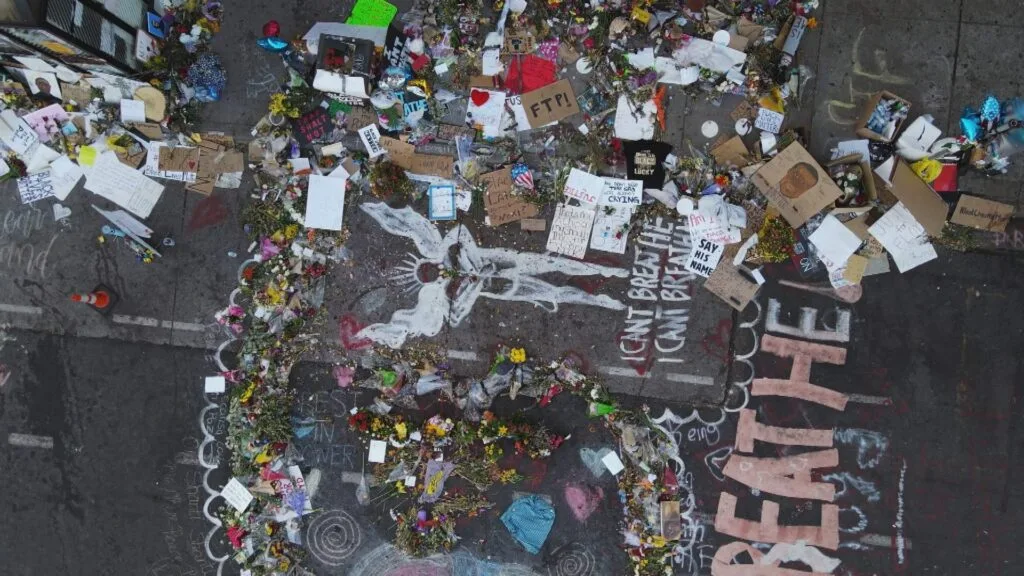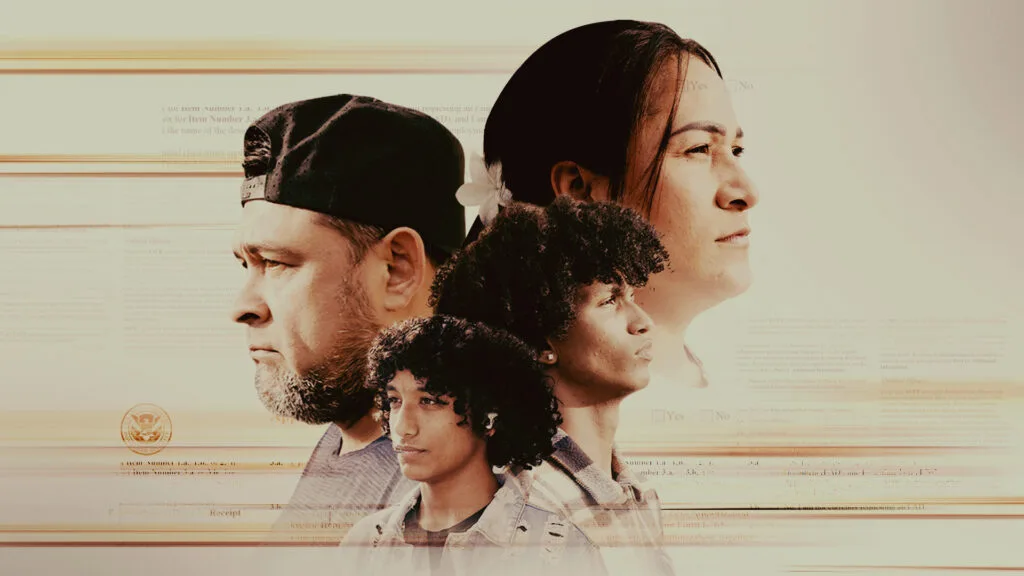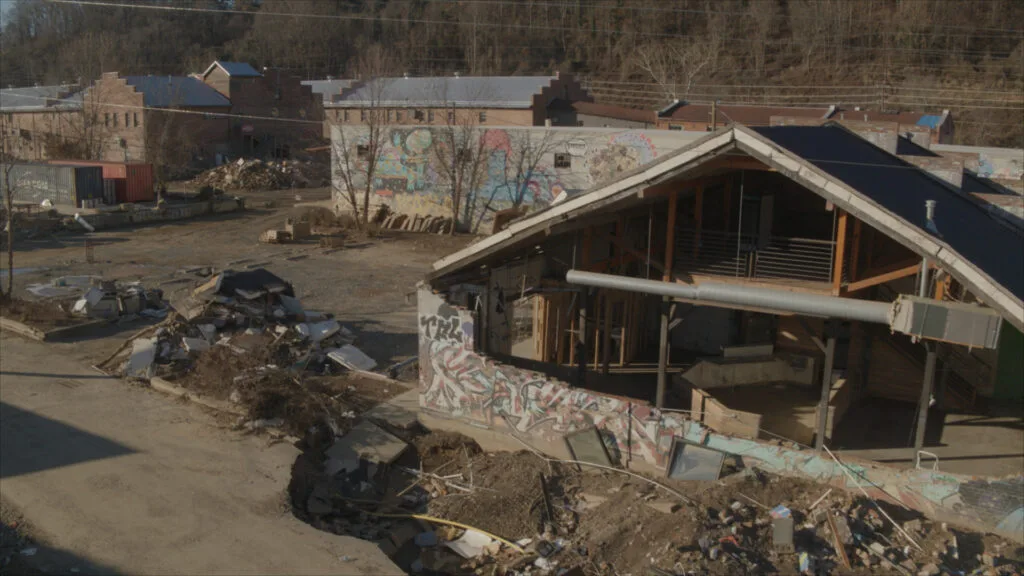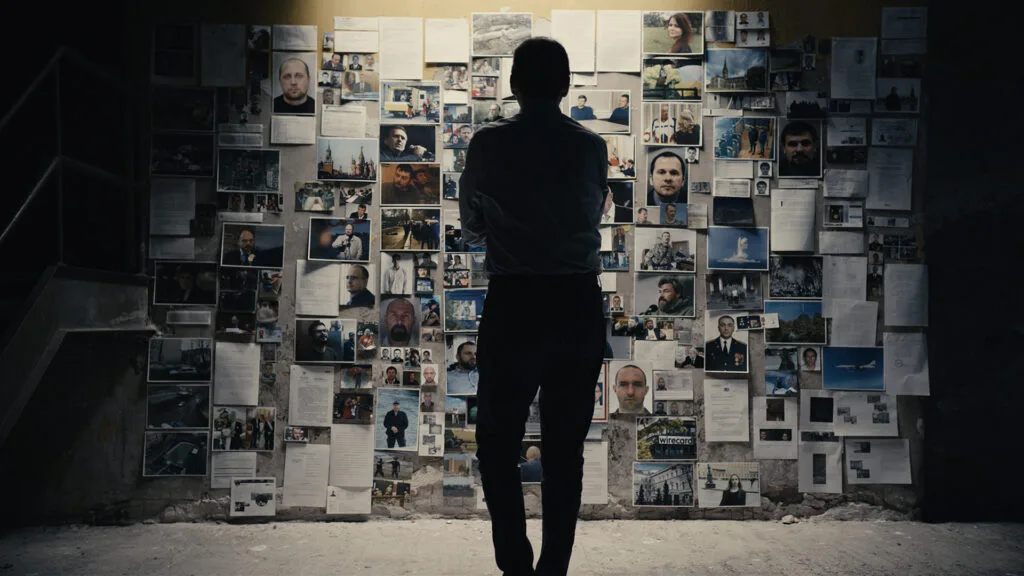Covering Minneapolis in the Wake of George Floyd

June 3, 2022
Since the murder of George Floyd two years ago, FRONTLINE’s local journalism partner the Star Tribune has chronicled the aftermath of that pivotal event — from the protests that spread globally, to the trial and murder conviction of former police officer Derek Chauvin, to ongoing struggles for police accountability and reform in Minneapolis. The new documentary Police on Trial, from FRONTLINE and the Star Tribune, draws on unique on-the-ground reporting and filming to examine the police department at the center of the story.
In this new episode of The FRONTLINE Dispatch, Star Tribune Editor Suki Dardarian in Minneapolis joins FRONTLINE Executive Producer Raney Aronson-Rath to discuss the newsroom’s Pulitzer-winning reporting and Police on Trial.
Police on Trial is now streaming on FRONTLINE’s website, the PBS Video app and FRONTLINE’s YouTube channel.
Want to be notified every time a new podcast episode drops? Sign up for The FRONTLINE Dispatch newsletter.
Latest Documentaries
Policies
Teacher Center
Funding for FRONTLINE is provided through the support of PBS viewers and by the Corporation for Public Broadcasting. Additional funding is provided by the Abrams Foundation; Park Foundation; the John D. and Catherine T. MacArthur Foundation; and the FRONTLINE Trust with major support from Jon and Jo Ann Hagler on behalf of the Jon L. Hagler Foundation, and additional support from Koo and Patricia Yuen. FRONTLINE is a registered trademark of WGBH Educational Foundation. Web Site Copyright ©1995-2025 WGBH Educational Foundation. PBS is a 501(c)(3) not-for-profit organization.


















